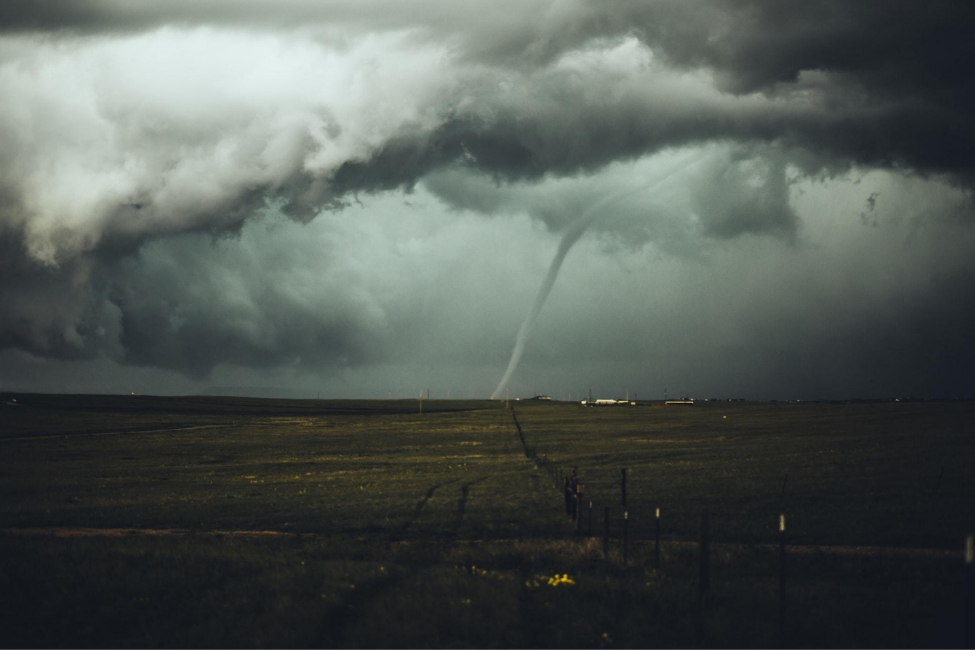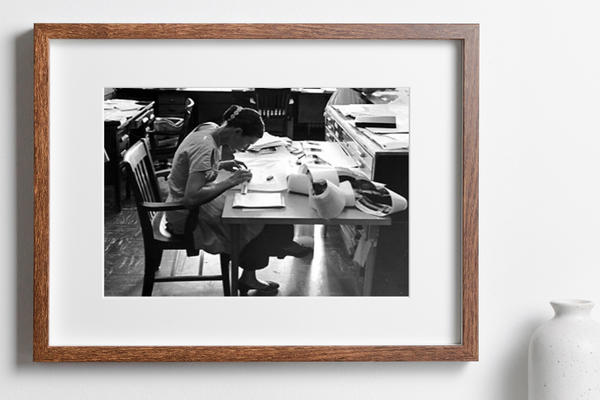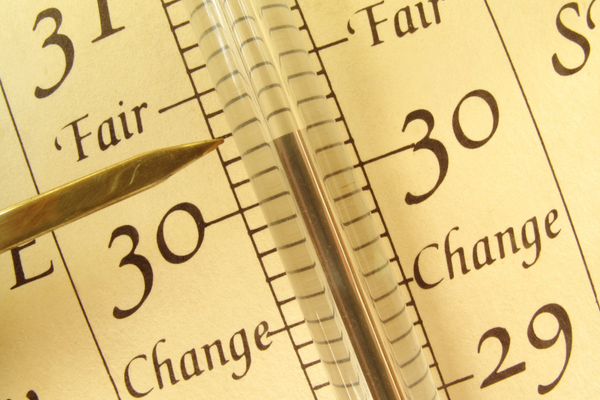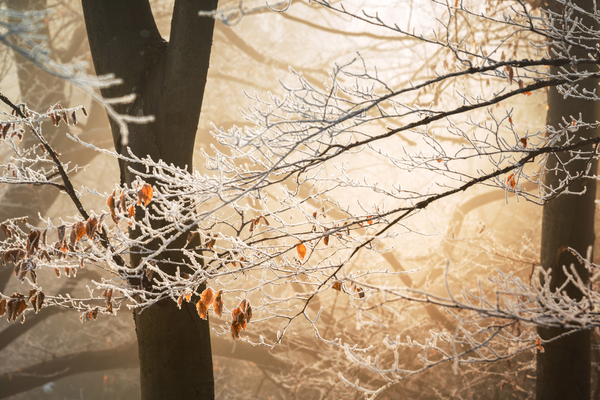DIY Sunshine Recording in the USA

4 minute read
We love hearing from our customers, and were intrigued when we received an email from Paul Bolain in the USA who had recently purchased some of our sunshine recorder cards. Paul had actually made his own sunshine recorder and we had the opportunity to quiz him on just how he did it. Find out more in our interview with Paul below.
For our UK readers who might not be familiar with the geography of the United States, can you briefly tell us where you live and what the climate of your local area is like?
I live in the state of Oklahoma, in the centre of the United States of America. It is in an area known as Tornado Alley which naturally makes everyone living here very weather aware.
Have you always been passionate about the weather?
Yes - I am actually a retired government surveyor and was accustomed to making weather observations while taking survey measurements. Survey measurements can be greatly affected by local weather conditions so it was always something I monitored.
Where did the idea come from to make your own sunshine recorder?
While looking at the Atlas Obscura website I saw an article about the Campbell Stokes Sunshine Recorder. I wondered why I had never heard of such a thing, so I started researching it online and found lots of information and photos. The history of this meteorological item was so intriguing. There are many lessons to be learned from these little machines. When I found out the cost of these instruments, though, although justified, I realised it was more than many schools could afford. Used models are very rare, so I set about trying to make one that was affordable and could be used in education.
Helping schools access traditional meteorological equipment is a fantastic cause, and one we can all get onboard with!
Indeed! Sunshine recorders are traditionally made entirely of heavy machined metal parts and are meant to be permanently mounted on a pillar outdoors. The recording cards are replaced daily, and this isn’t always practical for a school. For those wanting just to experience how the instrument works, something lighter that can be brought indoors after daylight hours to prevent vandalism or theft would be ideal. This is also more cost-effective for institutions that may only use it a few times a year. I believe that these little instruments could provide great insight for science or physics teachers who are teaching classes explaining the relationships between the sun and the earth.
Where did you source the materials for your project, and how much did they cost?
The first task was to find an optically correct crystal ball. I ordered one from Phoenix Orion Fine Gifts in Florida (a 4-inch diameter). Two days and $29.95 later I was holding a crystal ball. Next was the most difficult part: making the bowl to hold the recording card. I’m not a metallurgist by any means so I started looking for a metal sphere. With the ball being 4-inch diameter and the focal length of a sphere being one half the radius, the metal sphere needed to be 6-inch diameter. First to mind was a globe but I had no luck. I eventually I stumbled upon a copper float used in toilets which set me back $30.11. I also ordered threaded brass inserts, a small compass and bullseye bubbles. They were very inexpensive and I fixed to the base plate to plumb the instrument and align it to True North.
We’re particularly intrigued by the copper toilet float, what a fantastic idea!
The toilet float worked perfectly. If you cut two ends, then slice diagonally through the ring you end up with two copper bowls. Once all the pieces are assembled it's just a matter of attaching the recording card to the bowl using clips. I then took my instrument outside to a location free of sun obstructions, put the instrument on sturdy footing, aligned the base to North-South, plumbed the base, and watched the recording card as it burnt.
Do you have an engineering background?
I am a retired government surveyor, although my skill level of woodworking is about a two out of ten, so anyone can make one of these!
What is next on your list of DIY weather projects?
Whatever I make next will probably not be as much of a challenge as this turned out to be!

A big thank you to Paul for sharing his creation with us. He has kindly also passed on more detailed measurements. If you would like more information, email us at sales@metcheck.co.uk. If you do undertake a similar project, we’d love to hear about your progress, and do take a look at our sunshine recorder cards for your instrument here.
For those not quite adventurous enough to take on a project of this scale, take a look at our Campbell Stokes Sunshine Recorder, manufactured to the British Meteorological Office’s specification.

Also in Metcheck News

Women’s History Month: Joanne Simpson

Sharing Your Weather Memories With Metcheck

